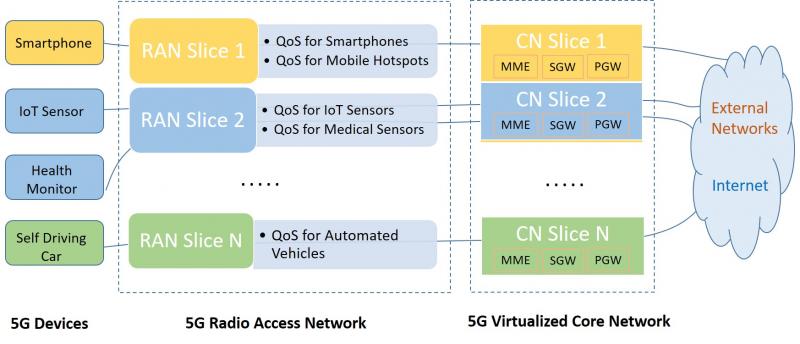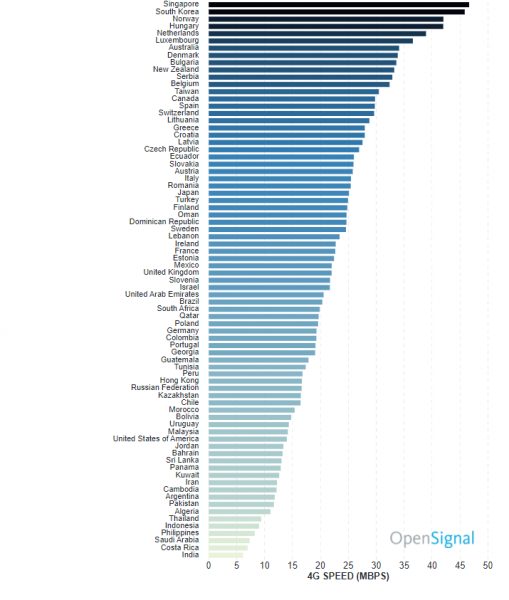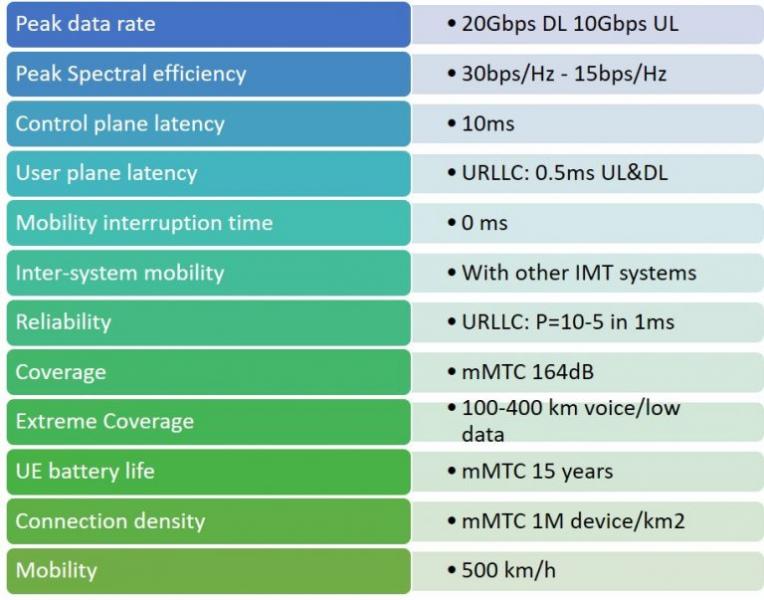With 5G, network functions virtualisation is making in-roads in Radio Access Networks as well as the Core Network. Telecom operators will have newer flexible deployment options with virtualised RAN offering additional ways to increase network capacity, coverage and user experience while reducing time to market for new services.
Tag: Blog
5G Boom for Network Functions Virtualisation
ITU & 3GPP driven 5G has huge potential in utilising Network Functions Virtualisation (NFV) to enhance radio access and core network elements. Many operators and equipment manufacturers have already invested heavily to reap the benefits of this technology.
Singapore Has Top 4G LTE Speed Among 77 Nations
Singapore has best 4G LTE experience with a 46.64Mbps average download speed among 77 nations according to a recent OpenSignal report. South Korea is not far behind with an average of 45.85Mbps speed. European countries Norway & Hungary too have LTE average speed greater than 40Mbps. By contrast, the US has very low average 13.98Mbps.
Telecom Standard Bodies Prep for IMT-2020
Last week, ITU-R Workshop on IMT-2020 terrestrial radio interfaces was held in Munich, Germany with main objective to outline the process of submission/reception of the Radio Interface Technology (RIT)/set of RIT (SRIT) proposals and acknowledgment of receipt.
New iPhones Add LTE Band 34, Band 66 Support, Drop Band 27
Last week Apple announced a new generation of iPhones: iPhone 8, iPhone 8 Plus and iPhone X. The new iPhone features A11 Bionic chip, Retina HD displays and wireless charging, just to name a few.
What is 5G New Radio (5G NR)?
5G New Radio (NR) development is part of continuous mobile broadband evolution process to meet the requirements of 5G as outlined by IMT-2020, similar to earlier evolution of 3G & 4G wireless networks.
LTE Technologies and Trends in APAC
In an Interview with LteWorld, Navin Vohra, Vice President, Wireless Sales, Asia Pacific, CommScope, explained CommScope’s role and offerings in LTE technology domain. Here’s what he had to say on LTE technologies and trends in APAC:
Global LTE subscribers to quadruple by 2019
TeleGeography’s GlobalComms Forecast Service new data reveals that global LTE subscribers are projected to grow 35% compounded annually over the next five years, from 516 million to 2.3 billion. To date, LTE adoption has been strongest in South Korea, where the 4G technology accounted for 63% of wireless subscribers in 2014.
MIMO OTA testing using CTIA’s recommendations
LTE-Advanced technology features such as MIMO1 help to improve the radio performance of future mobile devices and enable end-users to access a truly mobile broadband experience with very fast data rates. The increasingly complex mobile devices are leading to a need for more extensive testing prior to market launch.
Alcatel-Lucent and Korea’s KT sign collaboration agreement to deliver 5G mobile networks of the future
Alcatel-Lucent has signed a memorandum of understanding with South Korean telecommunications provider, KT, under which the companies will collaborate to advance 5G development in South Korea with initial testing focusing on virtualized RAN to support next generation mobile architecture.


